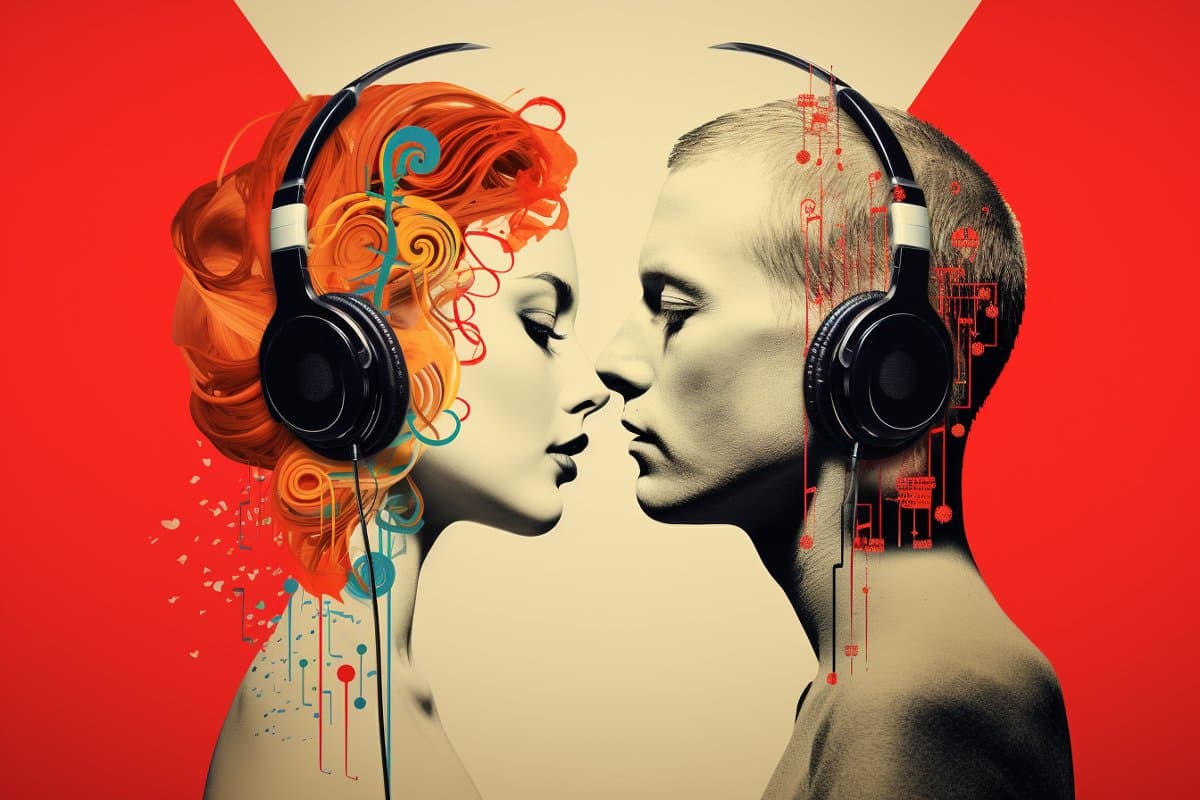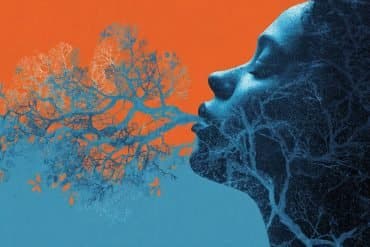Summary: Over 40 years, popular music lyrics have shifted from themes of love to lust, as revealed by a study of Billboard’s Top 40 songs from 1971 to 2011. This analysis indicates a decline in songs featuring love or a mix of love and lust, contrasting with a rise in songs focusing solely on lust, particularly in hip-hop/rap.
These trends reflect broader cultural changes towards accepting sexuality outside traditional romantic relationships. The study also considers the impact of these lyrical themes on young listeners’ attitudes and behaviors towards sexuality.
Key Facts:
- Longitudinal Analysis of 40 Years of Music Lyrics: The study conducted a comprehensive analysis of the top 40 songs from Billboard’s Year-End Hot 100 single charts for every five years between 1971 and 2011. This approach, encompassing 360 songs over four decades, allowed for a longitudinal examination of changes in the prevalence and interrelation of lust and love themes in popular music lyrics.
- Shift from Love to Lust Themes: The study found a significant trend over time: a decrease in the proportion of songs with themes of romantic love and a combination of love and lust. In contrast, there was a notable increase in the proportion of songs focusing on themes of lust in the absence of love. This trend indicates a cultural shift in the portrayal and acceptance of sexuality outside traditional romantic relationships.
- Genre-Specific Trends and Broader Implications: The themes of lust in the absence of love were particularly prevalent in the hip-hop/rap genre. However, the changes in themes were not solely attributable to music genre, suggesting a broader cultural shift. The study also highlights the potential influence of these lyrical themes on the sexual attitudes and behaviors of young listeners, considering the significant role of music as a source of sexual information for adolescents and young adults.
Source: Neuroscience News
The lyrical landscape of popular music has undergone a significant transformation over the last four decades. A meticulous analysis of Billboard’s Top 40 songs from 1971 to 2011 reveals an intriguing shift: the prevalence of love themes has declined, while songs focusing on lust, especially without love, have surged, particularly in the hip-hop/rap genre.
This evolution in lyrical content not only mirrors but also potentially molds societal norms, especially regarding sexuality outside of love relationships.
This research offers a novel perspective on how sexual desire (lust) and romantic desire (love) are depicted in popular music, an influential medium in shaping public consciousness, particularly among adolescents and young adults.
The findings highlight a cultural shift towards greater acceptance of sexuality outside traditional romantic contexts. The analysis, encompassing 360 songs, sheds light on the interplay between lust and love themes in music lyrics and their evolution over time.
The decrease in songs with love themes and those combining lust and love, coupled with the increase in songs emphasizing lust in the absence of love, reflects changing societal attitudes.
These trends are particularly pronounced in hip-hop/rap music, though the change transcends genres. This shift may influence cultural norms and indicate a societal move towards embracing sexuality beyond the confines of love relationships.
Adolescents and young adults, who rank mass media as a crucial source of sexual information, are heavily exposed to these themes. This exposure shapes their sexual attitudes and scripts, potentially due to their limited personal experience.
Popular music, containing more sexual content than other media directed at young people, plays a significant role in this dynamic. The high consumption of music by 8- to 18-year-olds, averaging 16 hours a week, underscores its impact.
The study also explores the portrayal of gender roles in popular music. It documents a trend towards stereotypical gender roles, with women often depicted as sexual objects for male pleasure, particularly in music videos. This portrayal varies by genre, with hip-hop and rap displaying more explicit sexual content and objectification.
Notably, the study also situates these findings within the broader context of changes in popular music over time. Since the 1960s, popular music has evolved in terms of sound, content, and themes.
This includes not just the shift in sexual content but also changes in emotional tone (like sadder-sounding music), loudness, pitch variability, and references to antisocial behavior and substance use. These changes are reflective of broader social and cultural shifts.
The study’s methodology, focusing on the themes of lust and love in lyrics, offers a unique lens to understand these trends. Unlike previous research that often focused on specific sexual acts or objectifying content, this study broadly categorizes themes into expressions of sexual desire (lust) and romantic love (love).
This approach provides a clearer picture of the evolving interplay between these two themes in popular music.
One key finding is that the increase in lust-focused themes is not simply an increase in sexual content overall. Instead, it represents a shift in how sexuality is framed – moving away from romantic contexts towards a more casual or non-relational approach.
This shift, particularly marked from the early 2000s, suggests a cultural trend towards normalizing sexuality outside of traditional romantic relationships.
The study also investigates potential mediators of these trends, like the gender of the artist and the musical genre. Interestingly, the gender of the artist did not significantly influence the themes of lust and love in the songs.
However, the genre had a notable impact, with hip-hop/rap featuring more lust-focused themes and less love-oriented content compared to other genres. This genre-specific trend aligns with previous findings about the portrayal of sexuality in hip-hop/rap music.
Despite these insights, the study acknowledges limitations and calls for future research. It suggests that more detailed analyses, including annual assessments and broader genre sampling, could provide a more nuanced understanding of these lyrical trends.
Additionally, it recognizes the need to explore the impact of these themes on the listeners, especially adolescents and young adults, who are most exposed to and influenced by popular music.
In conclusion, the study offers a comprehensive view of how popular music lyrics have shifted over four decades, reflecting and potentially influencing societal attitudes towards love and lust. It underscores the power of music as a cultural barometer and a medium that both mirrors and shapes public consciousness, especially in the realm of human sexuality.
About this music and psychology research news
Author: Neuroscience News Communications
Source: Neuroscience News
Contact: Neuroscience News Communications – Neuroscience News
Image: The image is credited to Neuroscience News
Original Research: Closed access.
““Love lies”: A content analysis of romantic attachment style in popular music” by McKell A Jorgensen-Wells et al. Psychology of Music
Abstract
“Love lies”: A content analysis of romantic attachment style in popular music
During adolescence, music consumption drastically increases and many adolescents become romantically involved. Popular songs often depict romance, and teens may incorporate tenets of these lyrics into their own romantic experiences.
Romantic attachment style is a primary indicator of relationship functioning, and individuals’ attachment style may shift according to romantic experiences they observe in media.
This study comprises a content analysis of the romantic attachment style portrayed in popular song lyrics. Findings revealed that more than 86% of songs illustrated an insecure attachment and various song/artist characteristics were associated with specific attachment styles.
We assert that parents, teens, and educators should be mindful of the lyrics adolescents listen to, working together to ensure adolescents navigate music’s messages about romance in a positive way.







